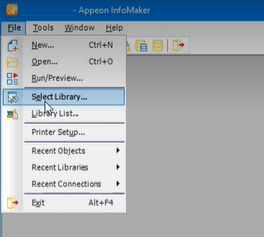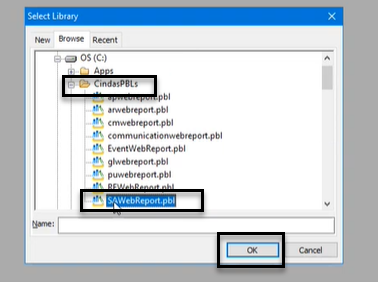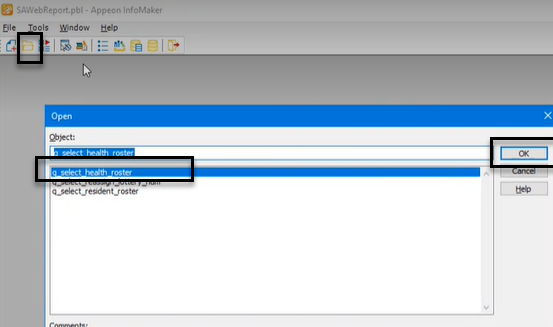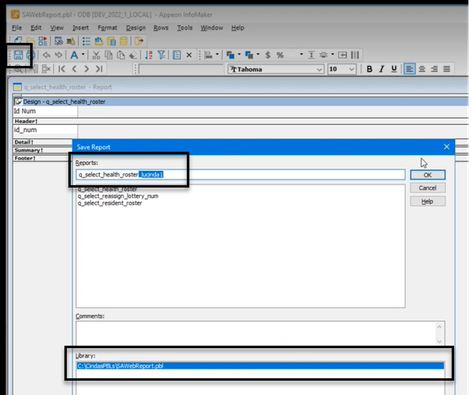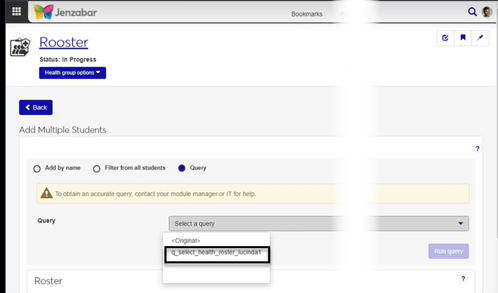NSC SSN Exception Report
Important
Information and features vary according to the roles to which you belong and the permissions associated with those roles. For more information, contact your module manager or your campus support team.
Use this page to generate a list of students who triggered an exception when the NSC Create Transmittal and Final Files process was run for National Student Clearinghouse reporting.
Exceptions are triggered when a student has one or more of these conditions:
No record in the Biograph Master table (such as on the Person Information Details page, Biograph tab)
No Social Security Number (SSN)
SSN duplicated in another student's record
Invalid SSN
Use the report to troubleshoot and fix SSN errors and to clarify which students don't need an SSN (such as international exchange students).
Although students without valid SSNs may not be eligible for federal student loans, you can include them in your NSC reports. (NSC accepts the School Student ID to match their records.)
Building the List
The list of students is built automatically when you run the NSC Create Transmittal and Final Files process.
The report lists all students from the NSC Create Transmittal and Final Files who triggered an exception. For each student it lists these columns:
SSN (if there is one)
ID Number
Legal Name (last, first, middle initial)
Suffix (such as Jr.)
It also lists the school's FICE Code and Branch Code.
Note
These fields are included in the Original layout. If you select a different layout, you may see different fields.
You must select your school's FICE Code and Branch Code. If your institution has more than one of either, be sure to select the correct one for your NSC reporting purposes. The default selection and available options come from the NSC Configuration table (nslc_config) as shown on the NSC Configuration window in Desktop (and planned for a future release of J1 Web).
Although they're listed under Display Options, FICE and Branch codes are required.
In Layout, the Original option (d_rpt_ssn_excp_rpt) is selected by default, but if your school has created other layouts, you can select one.
You can run the report in Desktop, too, on the NSC Print SSN Exception Report window. The data is shared between Desktop and J1 Web, so the report is the same wherever you run it.
Permission to generate NSC SSN exception reports is available in the Reports section of these roles:
Registrar
Registration Module Manager
Registration Reporting Module Manager
The permission required is "Can generate NSC SSN exception reports".
Run this report during your NSC reporting process, after you've run the Create NSC Transmittal and Final Files process.
In the Registration Reporting and Processes hub, click Hub options.
Select NSC SSN exception report. The NSC SSN Exception Report page opens.
In Display Options, select from the drop-downs.
Layout: The Original layout (d_rpt_ssn_excp_rpt) is selected by default. If your school has created other layouts, you can select one.
FICE Code: Select your reporting organization's FICE Code (if your school has more than one). Your school's default FICE Code is preselected.
Branch Code: Select your reporting organization's Branch Code (if your school has more than one). Your school's default Branch Code is preselected.
Click Generate PDF. The report opens in a new tab.
In most cases, yes. Customized versions of the report created in Desktop before your school started using J1 Web should be available as options in the Report Layout drop-down. If your school created new customized layouts in Desktop and copied them to the appropriate location on the J1 Web server, those reports are also available in the drop-down.
However, certain reports were modified to be used in J1 Web (i.e., the base report for J1 Web is different from the base report in Desktop). In those cases, the customized versions from Desktop will not work even when they are moved to the correct location on the J1 Web server. You'll need to re-customize those reports from the original version of the J1 Web report by following the instructions to Customize Reports for J1 Web.
See the help for each report page for guidance about customizing a specific report.
For the customized versions of the report created in Desktop to appear as choices in the Report Layout field drop-down, your campus support team needed to complete certain steps as part of the installation process. For more information, contact your campus support team or see Working with Reports in J1 Web.
Tip
Only custom versions of the report created in Desktop before J1 Web installation will appear as choices in the Report Layout field drop-down. Reports customized in Desktop after you've installed J1 Web are not available in the drop-down unless they have been copied over to the appropriate location on the J1 Web server.
Verify the PowerBuilder Services URL is entered correctly in System Administration, System Settings, Product Installs and Sign page.
The URL must use HTTPS and not HTTP
The URL subdomain and domain must match the J1 Web URL

If the location where you store J1 Web reports is not the default installation location (C: > Jenzabar > Reports), verify the J1 Web server has permission to access the location. Detailed steps are available in the help topic Working with Reports in J1 Web.
